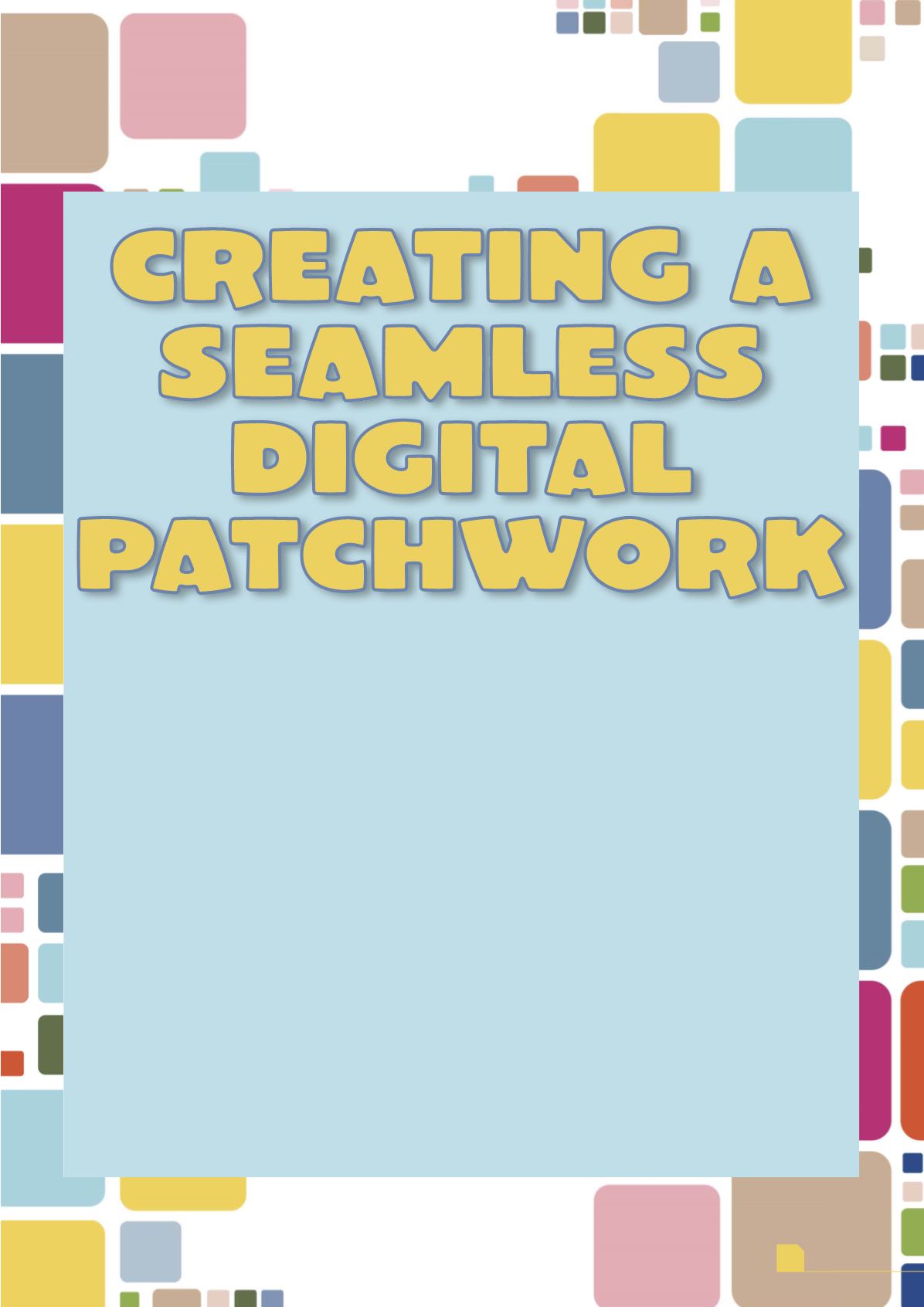
July
2020
19
HYDROCARBON
ENGINEERING
F
or over 40 years, process simulation has been the staple
of engineers throughout the energy and chemical
industries. It resulted in productivity gains, expanded
operations, and profitability improvements. The next
logical step is to expand digital goals to envision one
multi-purpose digital twin. This would digitalise all processes
into one simulation aligned with the asset lifecycle and value
chain. It would run off unified data sources providing a single
source of truth, and thereby connecting and aligning multiple
different departments. Employees would have easy access to
data for analysis, thus resulting in increased collaboration and
informed decisions.
Over the decades, many asset owners and operators
deployed standalone analytics, monitoring, and process control
solutions without a clear strategy. For those who did have a
technology strategy, their scope was narrow. Most achieved
quantifiable improvements. However, the lack of strategy led to
the creation of siloed operating environments and multiple
versions of truth in the data.
The consequence was compartmentalised facility,
equipment, and process data. The company was unable to
collate or visualise the various data groups in the larger context
of the plant or organisation. As a result, companies could only
achieve local optimisation in specific areas, such as operations
or maintenance. In some cases, they simply turned off or
stopped using the technology. With the latest advancements in
digital technology, the full potential of enterprise digital
optimisation is now achievable.
Today, there are many different digital twin possibilities that
cover the various aspects of the asset lifecycle and value chain.
They serve different purposes and often run off siloed or
limited data sources at fit-for-purpose compute speeds. To
avoid arriving at the results of the past, tactics must join these
data sources, tools, people, and processes together. All around
convergence is critical. While it will take many steps, it is a
realistic goal. Technology and computing limitations mean
initially accepting a patchwork. However, using an open
architecture digital twin platform, it is possible to create a
seamless patchwork that supports rapid acceleration toward the
single multi-purpose digital twin vision.
Achieving the multipurpose digital twin requires the
relentless embrace of science as the foundation of the
technology, implemented simply, and with usability that
connects people frommultiple disciplines. Furthermore, the
extension beyond the core science of using digital
infrastructures to unite data with science, people with problem
Duncan Micklem and Andrew McIntee, KBC, a Yokogawa Company,
outline
why three words have become synonymous with digitalisation initiatives and their
value: analytics, connectivity, and collaboration.








